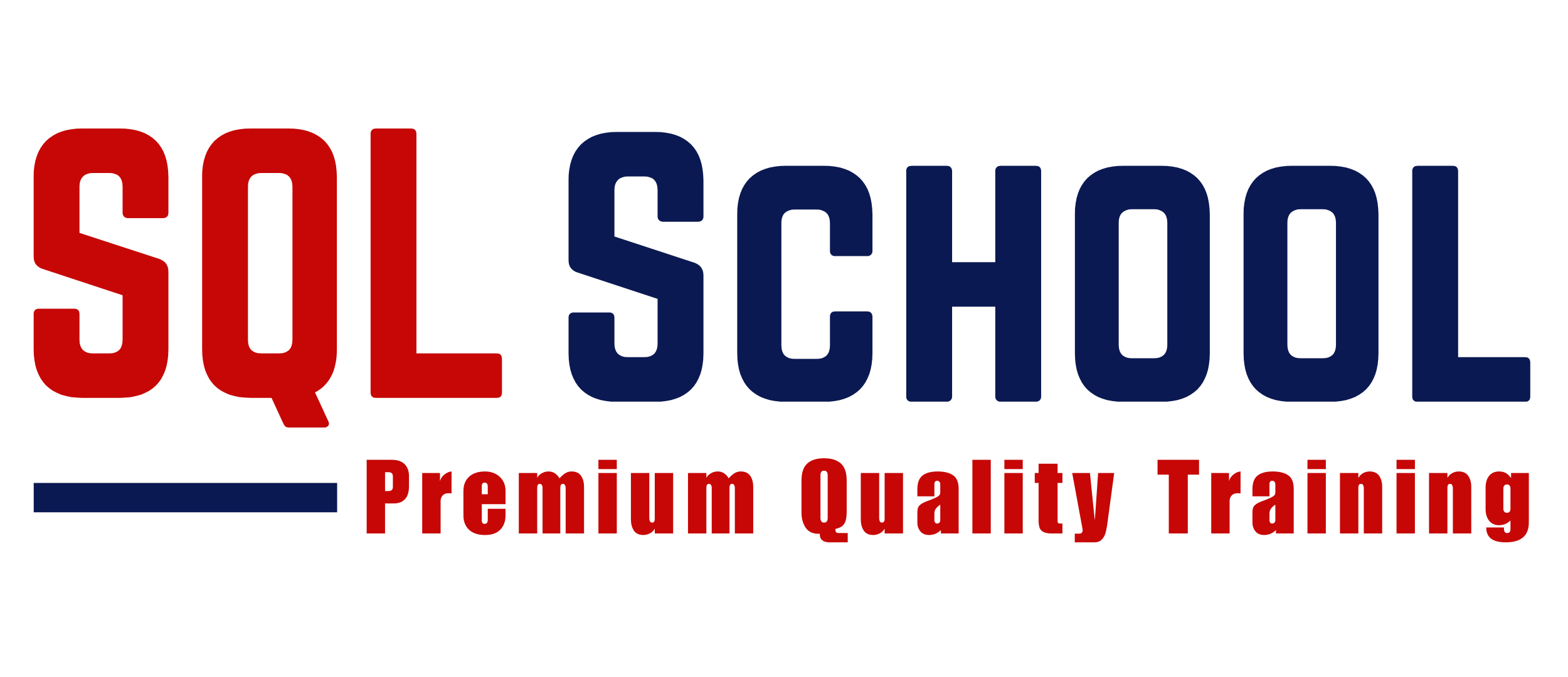Unlocking Data Success with ETL and ELT
If you’re building a business in today’s data-driven world, understanding ETL and ELT can be your superpower. Whether you’re launching an app, managing logistics, or improving customer insights, your data pipeline is the silent engine that drives growth. Get it right, and you’ll make smarter, faster, more confident decisions. Get it wrong, and you’re in for a costly ride.
Let’s explore the nuts and bolts of ETL and ELT — not with complicated jargon, but with clear insights that empower action.
What is ETL?
ETL stands for Extract, Transform, Load—a traditional method where you:
- Extract data from sources (databases, APIs, CRMs)
- Transform it using business rules
- Load it into a destination like a data warehouse
Think of ETL as organizing your data before it enters the warehouse. You clean, label, and shape everything so that once it’s in storage, it’s ready to use. This is ideal when you need strict governance, batch processing, or deal with on-premise databases.
ETL is like preparing your ingredients before cooking—they’re clean, cut, and measured for efficiency.
What is ELT?
ELT flips the order: Extract, Load, Transform. Instead of shaping the data first, ELT loads it directly into your cloud-based data warehouse and transforms it there. Platforms like Snowflake, BigQuery, and Azure Synapse thrive on this.
Why? Because modern cloud architecture can handle massive data volumes and perform real-time transformations using built-in tools or SQL scripts.
ELT is like throwing everything into the kitchen and prepping as you go—faster if you have a powerful chef (your cloud platform).
Key differences between ETL and ELT
While they sound similar, the differences between ETL and ELT could affect how agile your data operations are.
| Feature | ETL | ELT |
| Transformation | Before loading | After loading |
| Best for | Batch processing | Big data + Cloud environments |
| Tools used | Talend, Informatica | Snowflake, Azure Data Factory |
| Performance | Depends on external engine | Utilizes native cloud compute |
Choosing between the two depends on your infrastructure, compliance needs, and speed expectations.
When to use ETL vs ELT
So which one’s better? That’s like asking whether you should buy or rent—it depends on your goals.
Use ETL if:
- You need rigid data cleaning before analysis
- You work in regulated industries (finance, healthcare)
- Your system uses older on-premise databases
Use ELT if:
- You’ve moved to a cloud-native platform
- You handle large, varied datasets (structured and unstructured data)
- You want flexible, real-time transformations
ETL and ELT tools
Here are some powerful tools that help automate these workflows:
Popular ETL Tools:
- Talend
- Informatica
- Apache NiFi
- SSIS (SQL Server Integration Services)
Popular ELT Tools:
- Azure Data Factory
- Snowflake + dbt
- Google Dataflow
- Fivetran
These tools integrate with data lakes, allow for data transformation automation, and support modern analytics platforms.
Benefits of modern data pipelines
Whether you go with ETL or ELT, investing in a structured data pipeline provides benefits that every growth-focused entrepreneur should care about:
- Faster decision-making with timely data
- Improved data quality using consistent transformations
- Lower costs by using scalable, pay-as-you-go compute
- Better compliance and audit trails
- Competitive edge through real-time analytics and insights
By choosing the right strategy, you’re not just managing data—you’re unlocking business opportunities.
ETL and ELT use cases in industries
Let’s make it real. Here’s how businesses are applying these strategies:
- E-commerce: ELT helps analyze clickstream data for personalized marketing
- Healthcare: ETL ensures accurate, cleaned patient records for diagnostics
- Finance: ELT integrates real-time fraud detection using streaming data
- Manufacturing: ETL tracks machine data for predictive maintenance
By aligning data strategies with goals, these industries are moving from hindsight to foresight.
ETL and ELT are more than tech acronyms. They’re strategic levers you can pull to scale faster, work smarter, and innovate boldly. Whether you’re setting up your first data dashboard or revamping an entire analytics system, choose the method that fits your infrastructure, volume, and vision.
“Businesses that master their data pipelines don’t just keep up—they lead.”
Now’s the time to evaluate your current flow and ask: Is your data helping you grow, or slowing you down?
